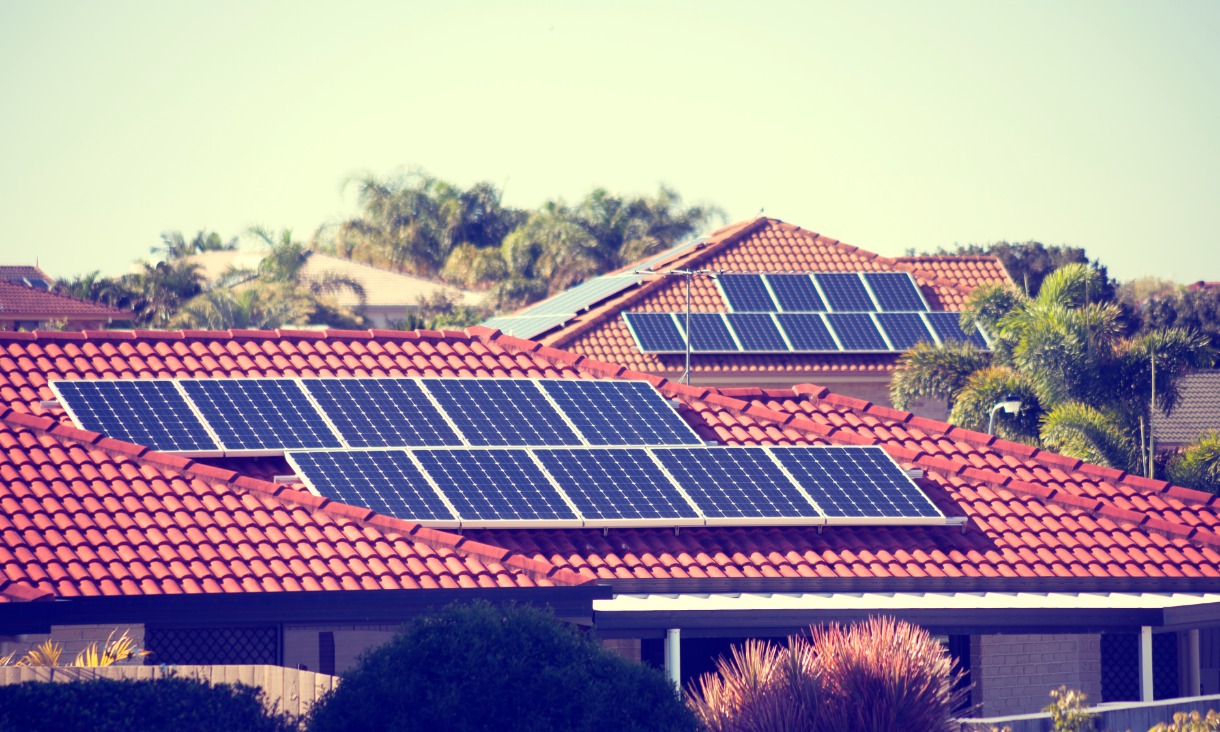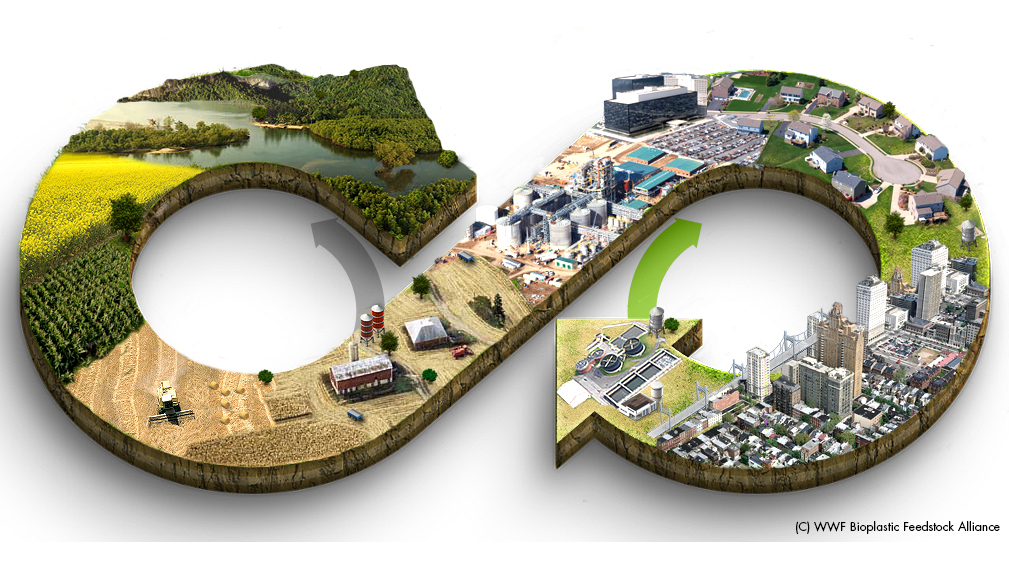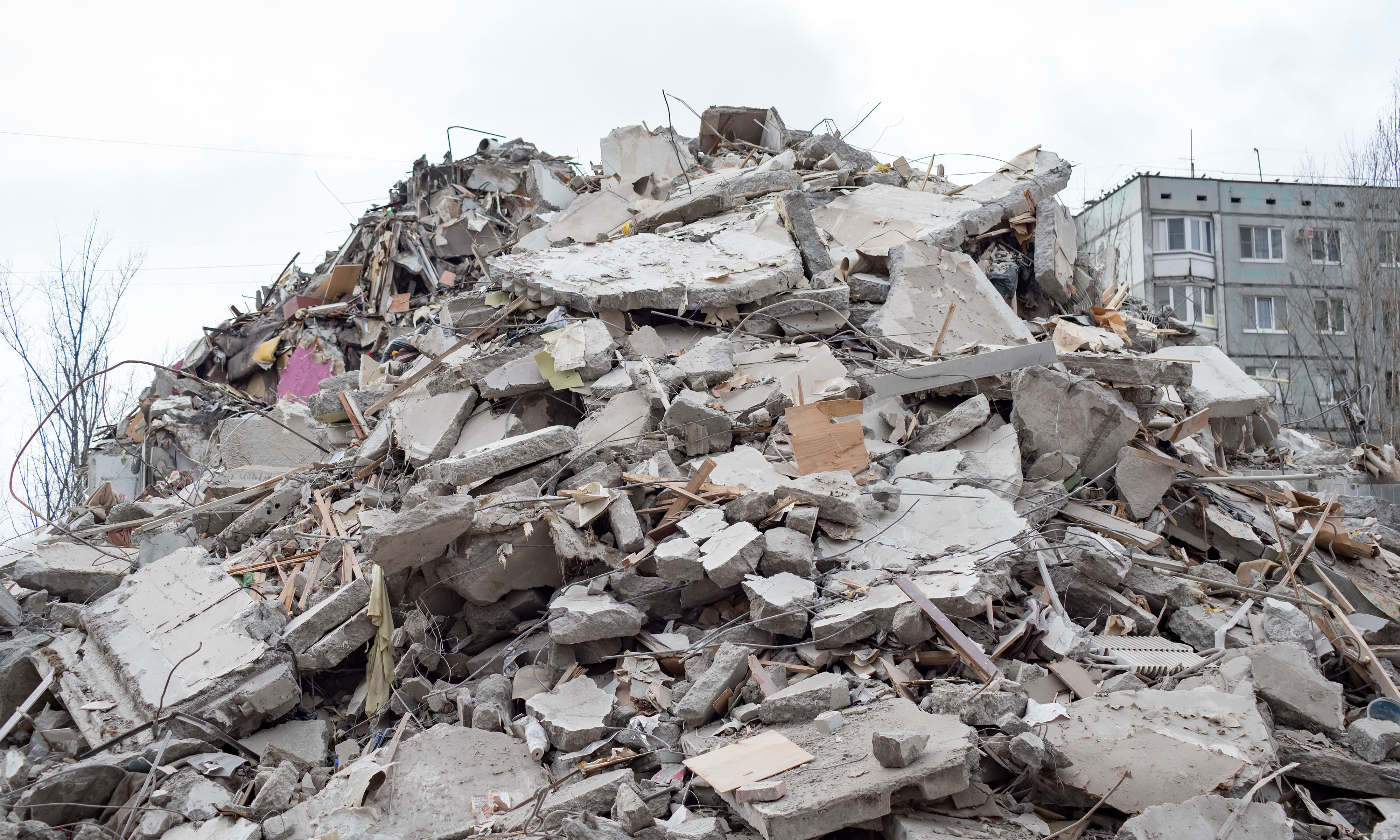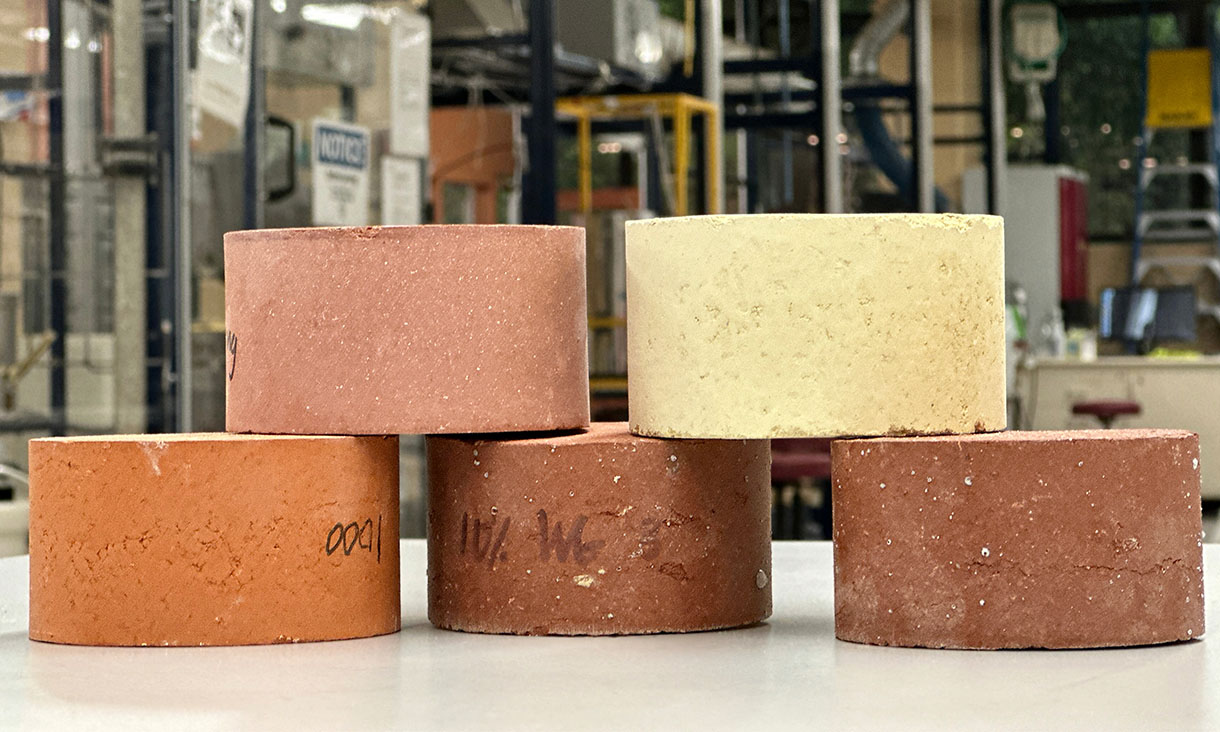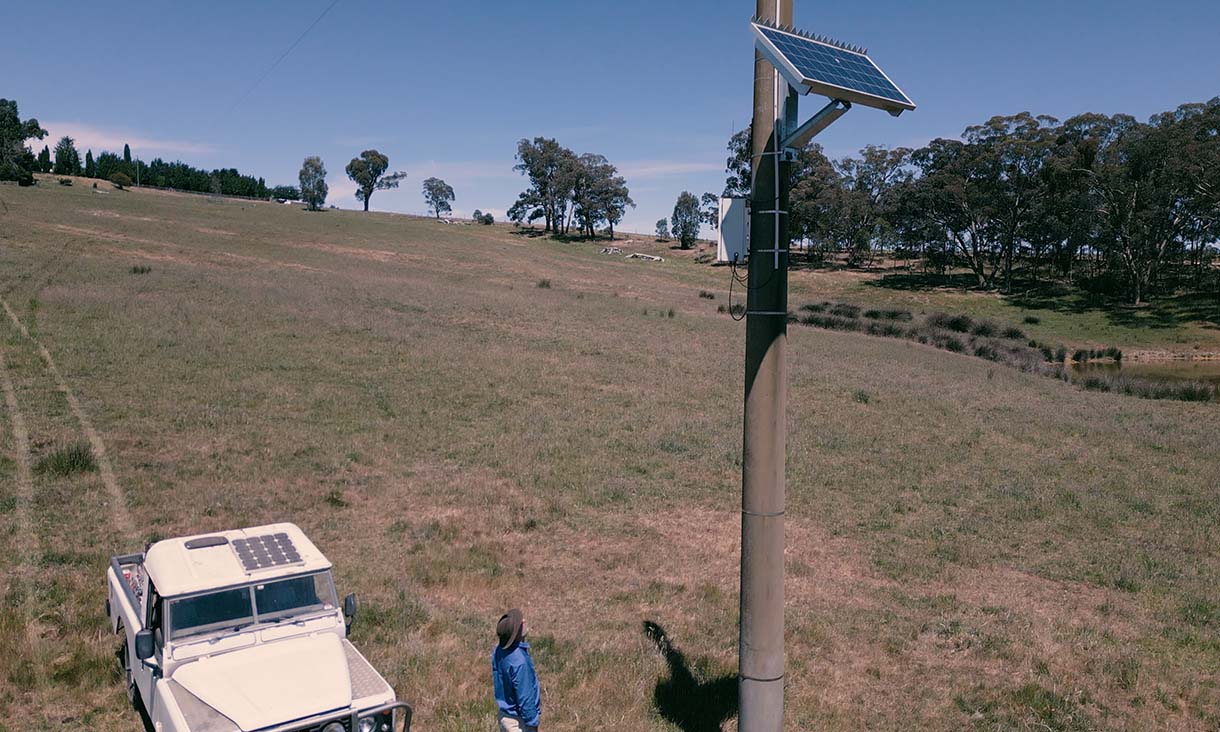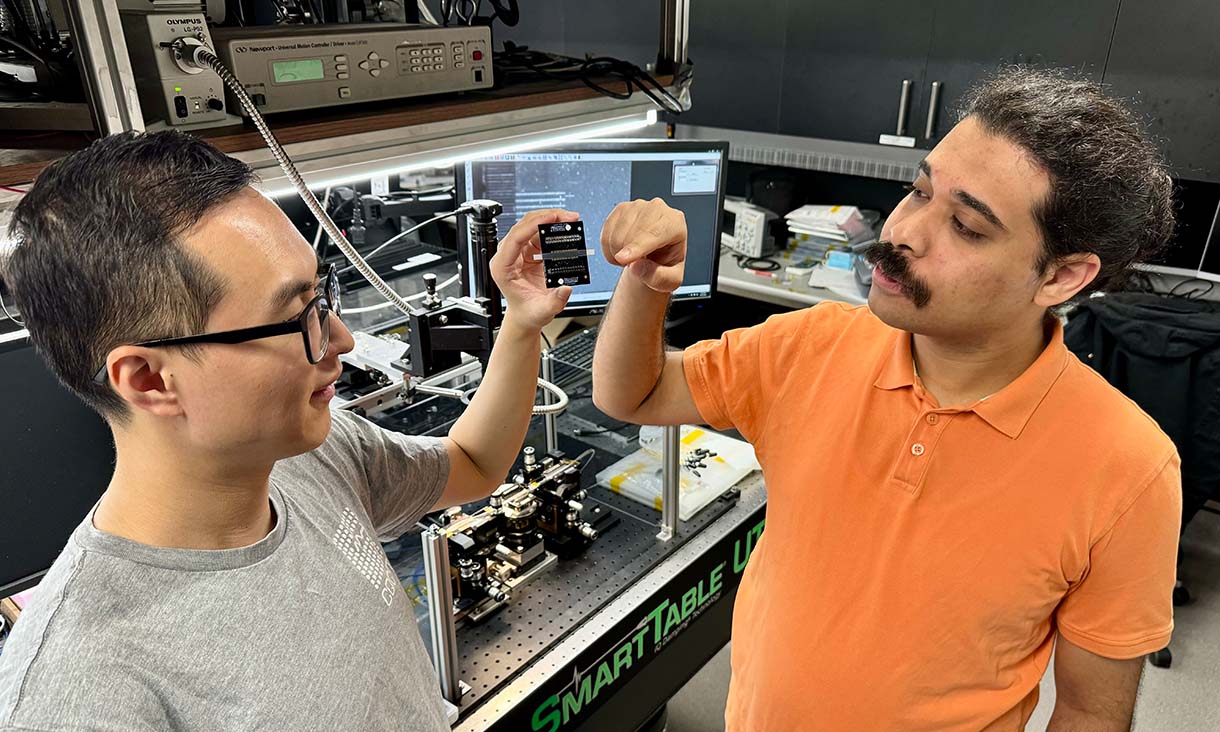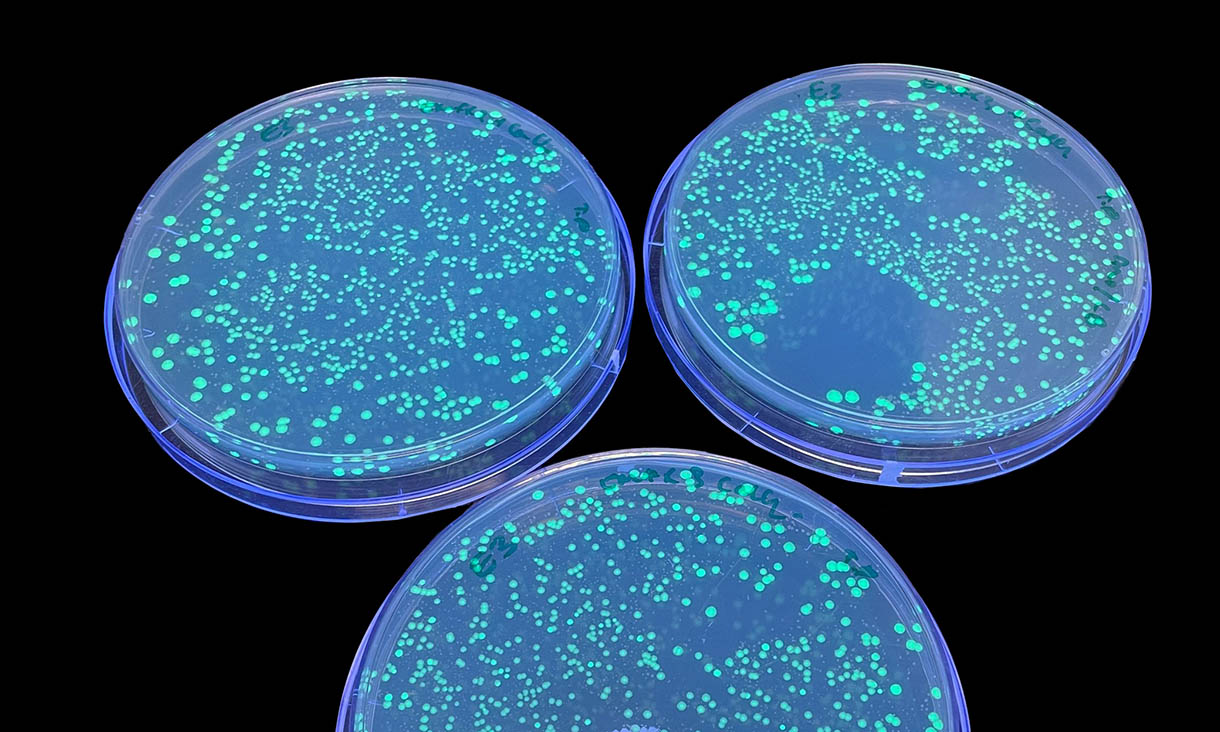Energy-smart bricks keep waste out of landfill
Engineers have invented energy-efficient bricks with scrap materials, including glass, that are normally destined for landfill.
Aussie invention predicts power line faults that can cause bushfires
An early fault detection (EFD) system designed at RMIT University is helping to prevent bushfires and blackouts in North America, Europe and Australia.
A promising leap towards computers with light-speed capabilities
Scientists have created a reprogrammable light-based processor, a world-first, that they say could usher in a new era of quantum computing and communication.
Radio waves can tune up bacteria to become life-saving medicines
Scientists from Australia and the United States have found a new way to alter the DNA of bacterial cells – a process used to make many vital medicines including insulin – much more efficiently than standard industry techniques.

